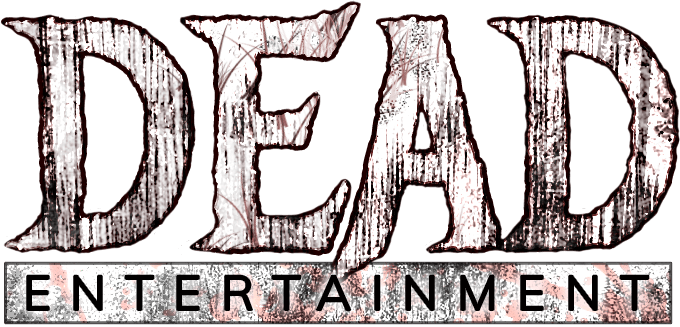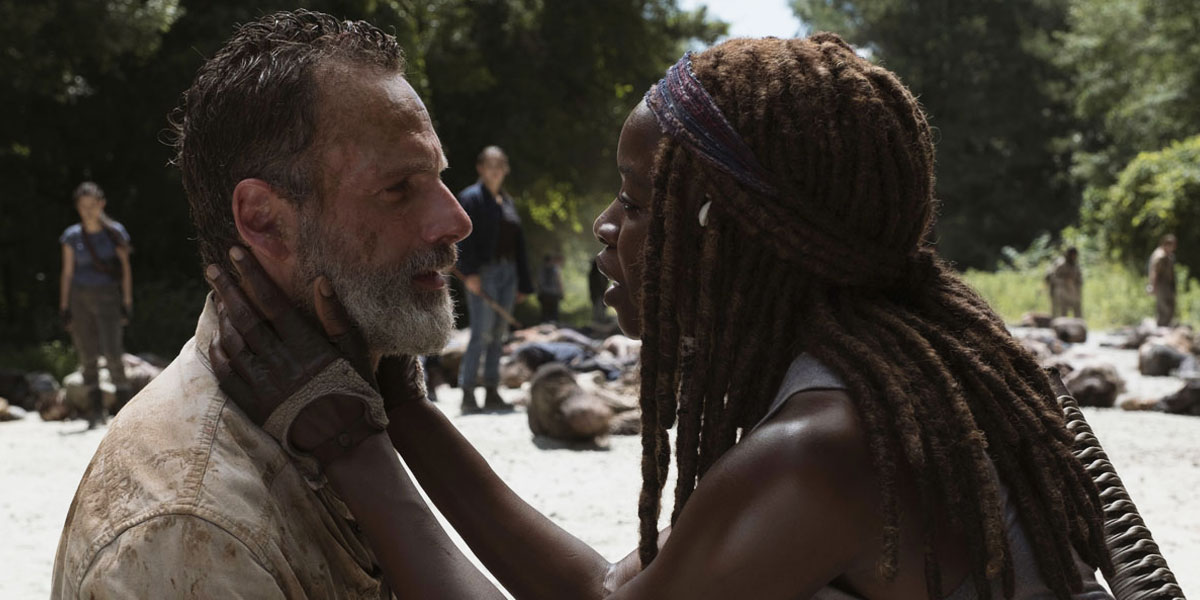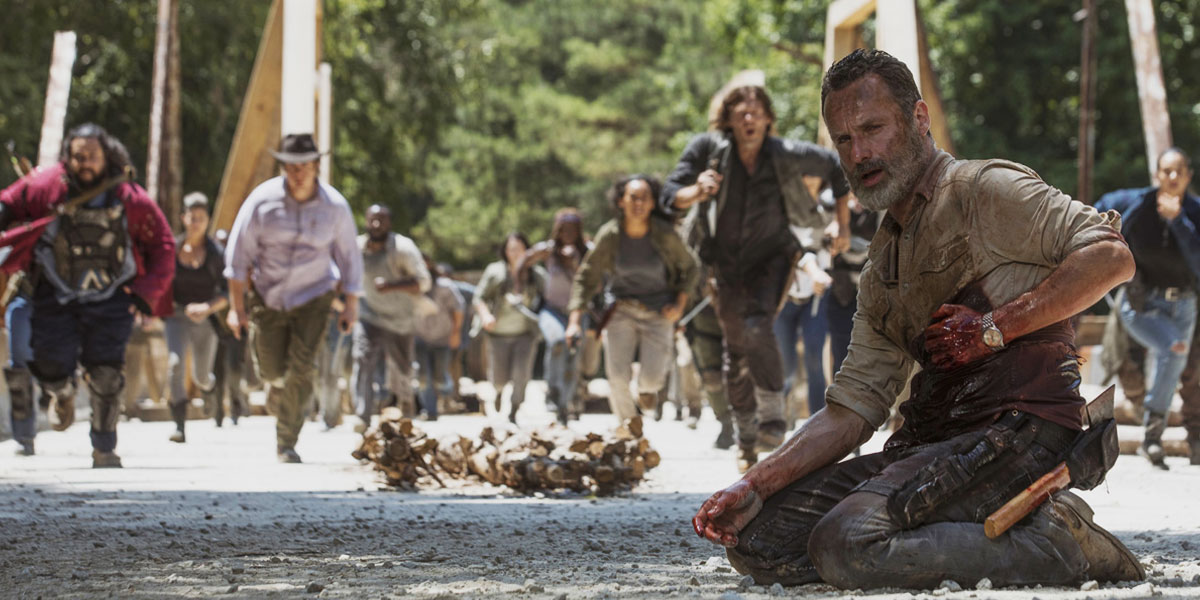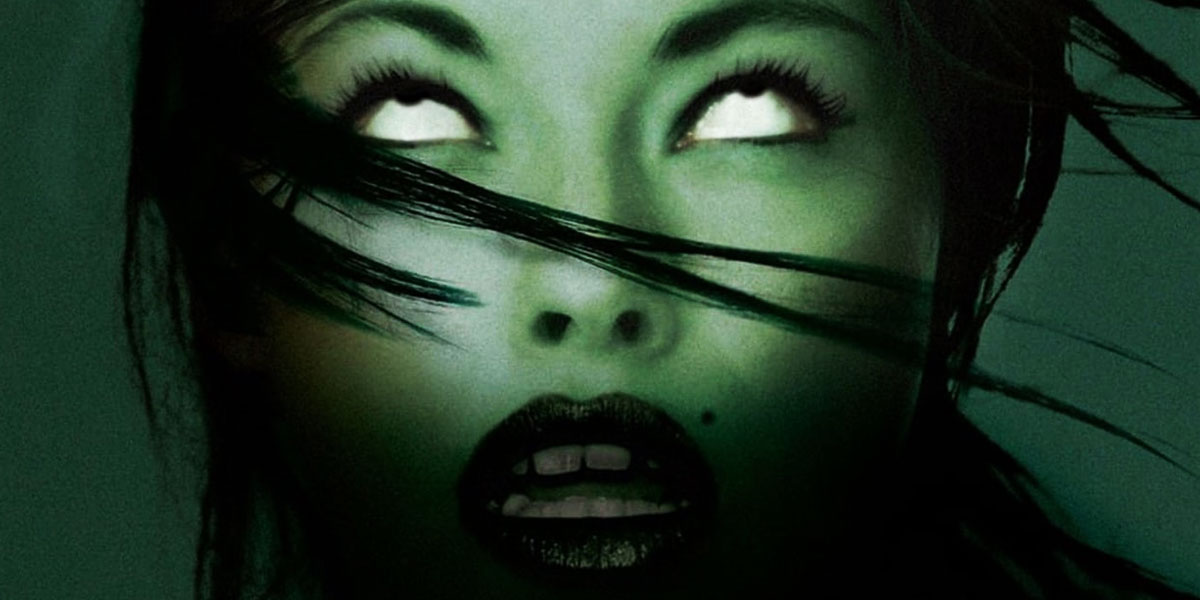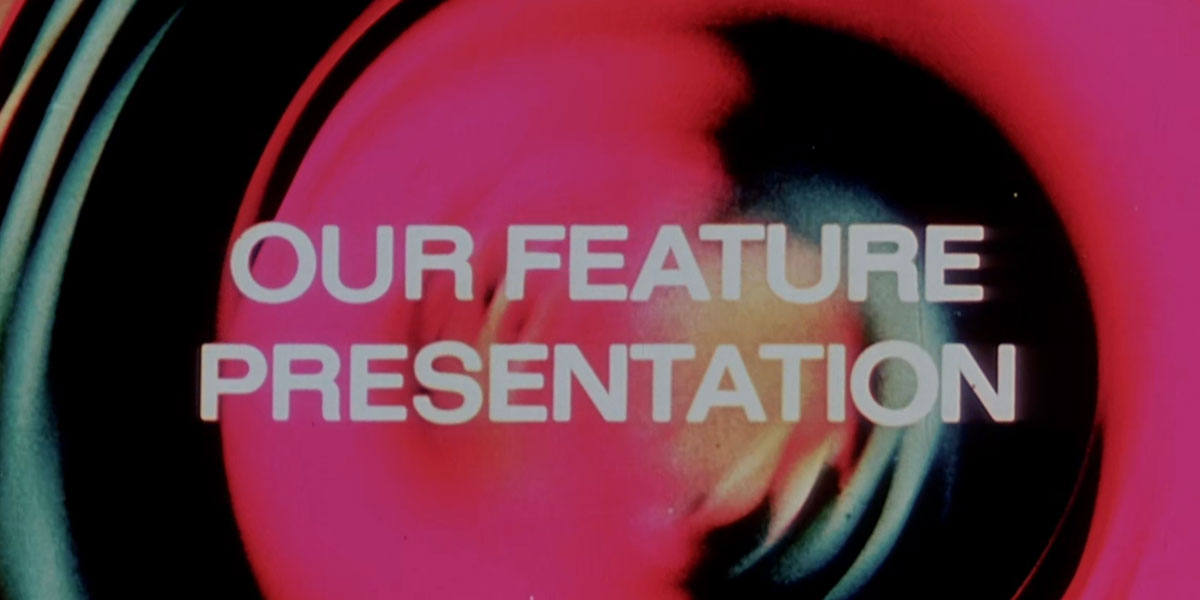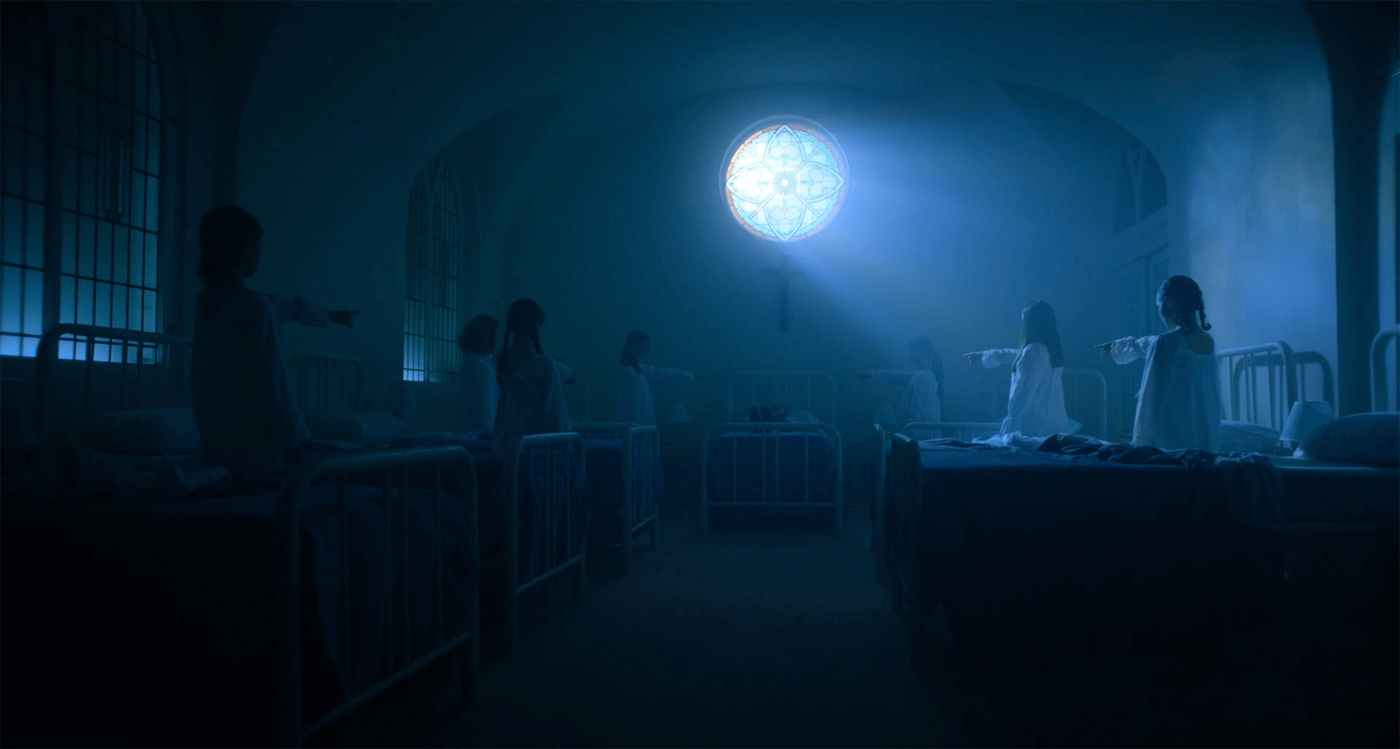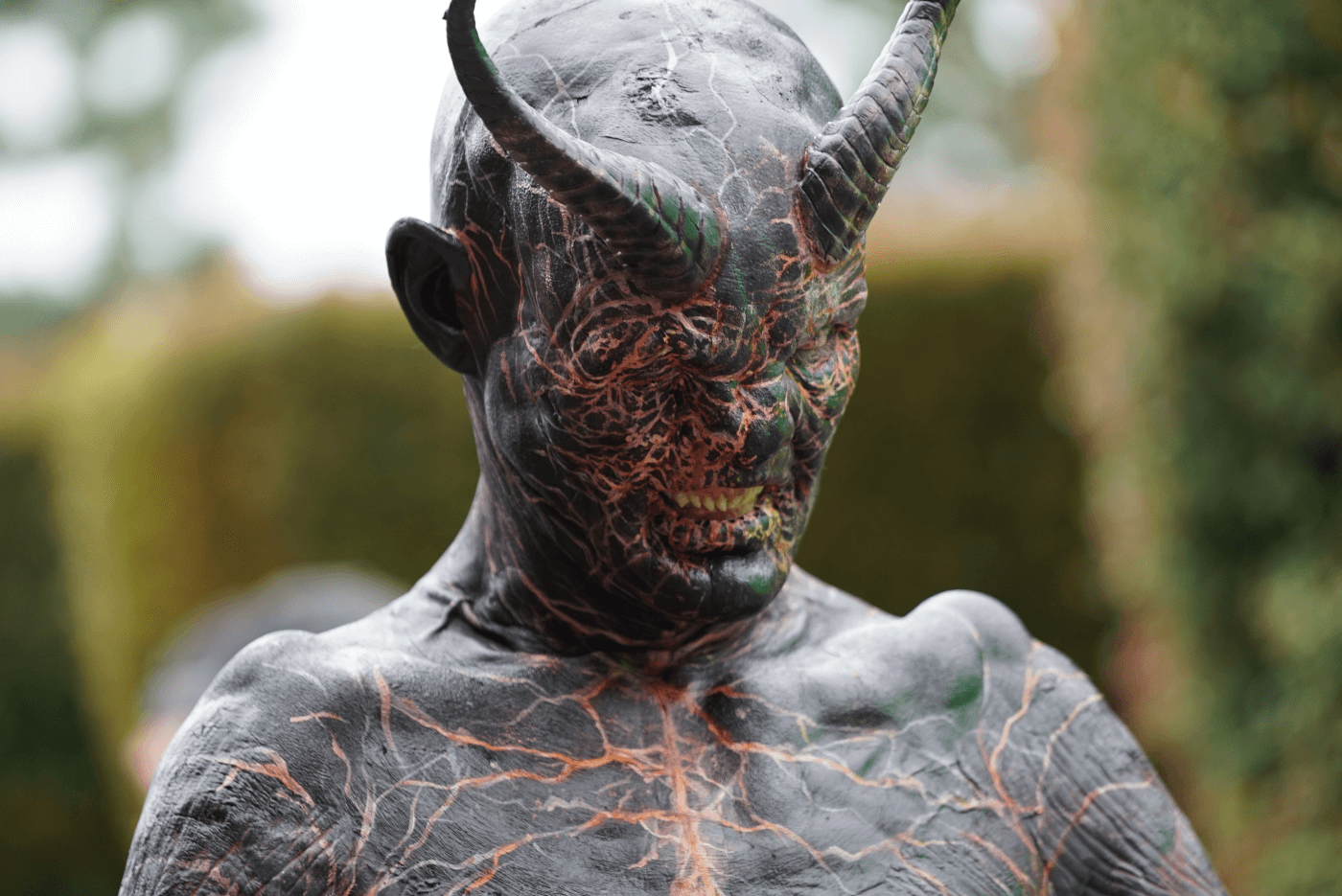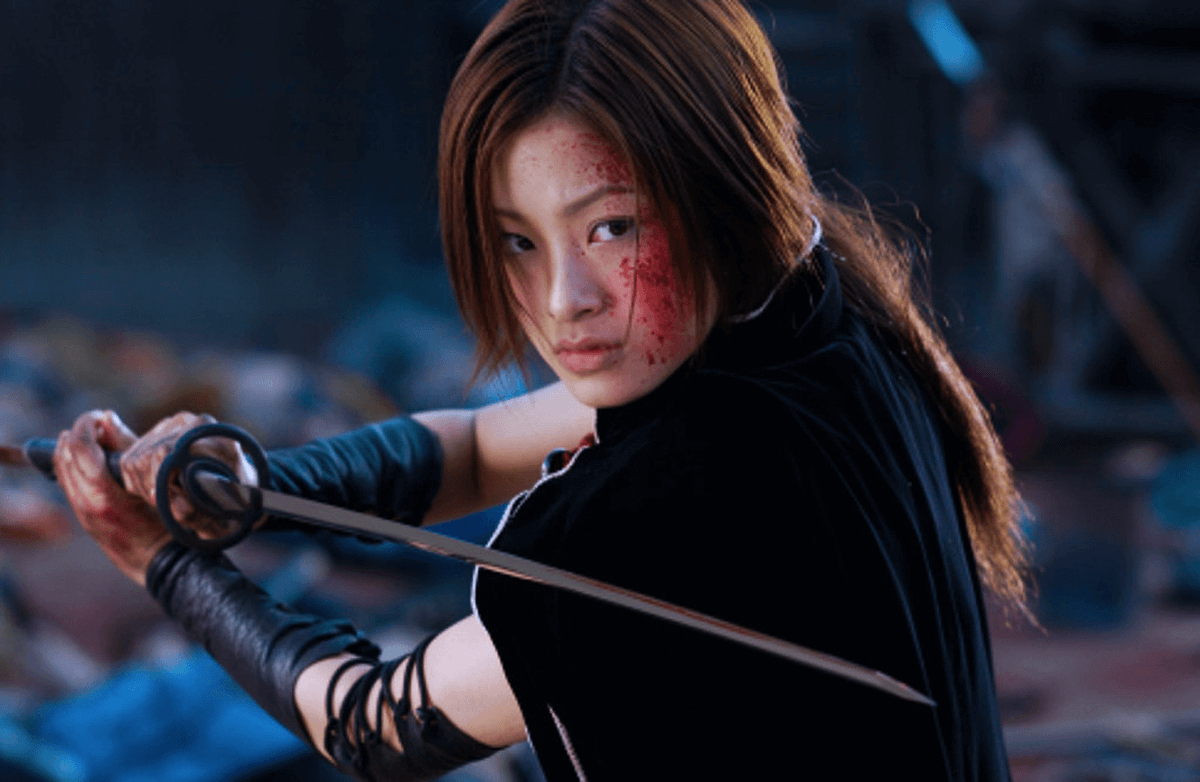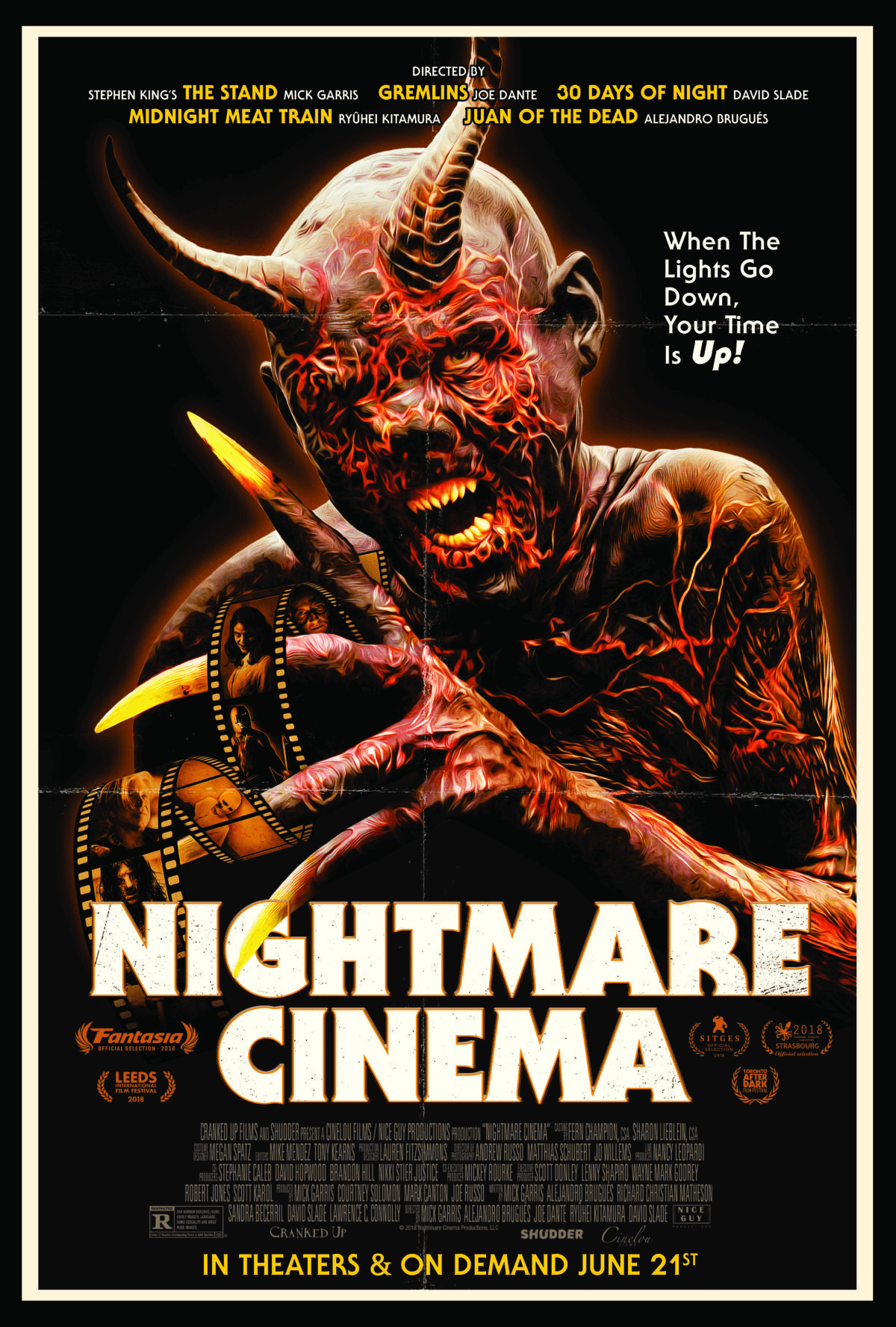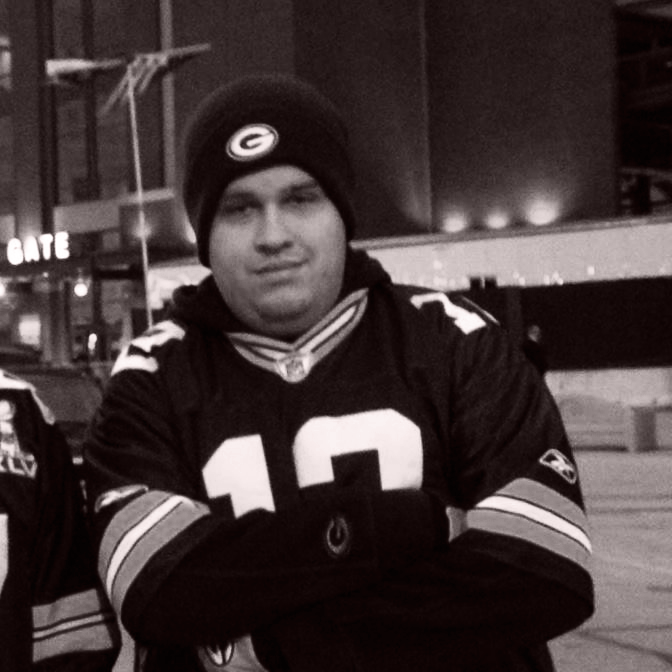Interview: Ryûhei Kitamura Delights in His Nightmare Cinema Segment, Mashit
The Midnight Meat Train director takes us through his story, featuring demonic possession and, of course, swords and knives.
By Chris Morse
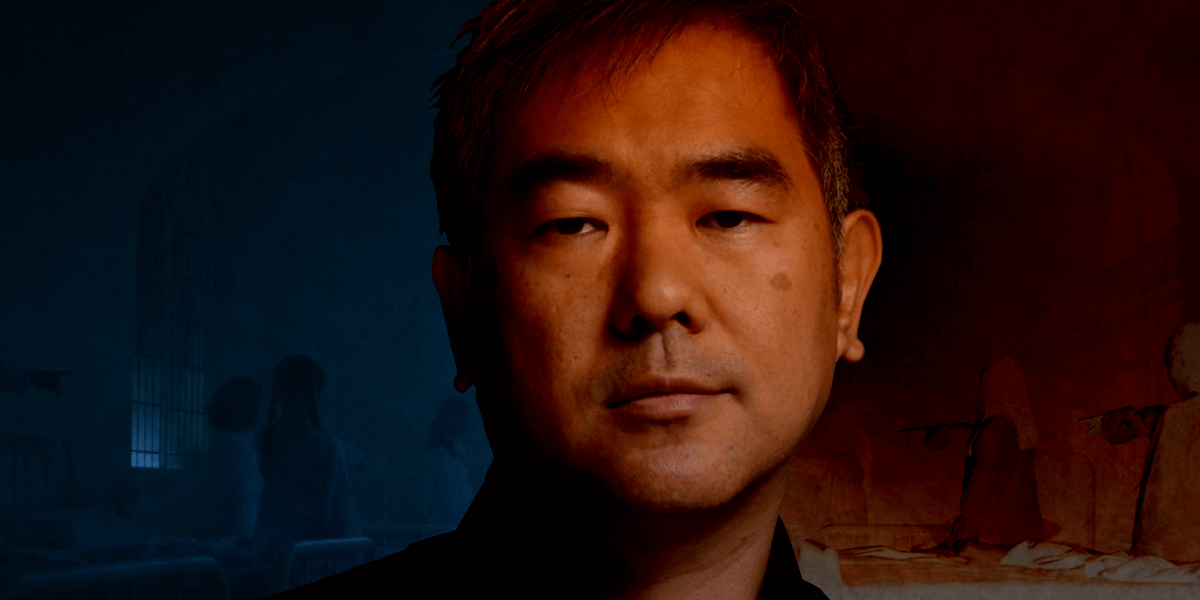
The days are counting down until the arrival of Mick Garris' horror anthology, Nightmare Cinema, and we are here today to bring you another interview, this time with director Ryûhei Kitamura. The film will finally arrive in theaters and on VOD this Friday, June 21st, and it features five unique stories from five different horror directors. We previously spoke with filmmakers David Slade, Joe Dante, and Alejandro Brugués, so it's only fitting we also hear from the final guest director as well.
Kitamura directed a segment titled Mashit, which follows a demonic takeover of a boarding school and those who take up arms to repel this intruder. You may be familiar with the Japanese filmmaker's previous works in The Midnight Meat Train, Versus, and even Godzilla: Final Wars. Although his filmography boasts a wide variety of works, he has certainly earned his place in this anthology, which set out to bring together horror directors on an international level.
Mashit was a segment that stood out visually, utilizing deep colors and adding its own truly distinct feel to the overall film. In true Kitamura fashion, we also see demonic possession and plenty of melee weapons, ranging from knife-wielding students to a priest with a sword. When it comes to battling a demon in the clergy, we honestly wouldn't have it any other way.
You can find our exclusive interview below, featuring commentary from Kitamura on joining Nightmare Cinema and how his segment came together, also touching upon his other notable works in the genre and beyond. This is another fun discussion with a fantastic director, so let's get right into the questions, shall we?
M.T. Bates: Thank you so much for speaking with us about Nightmare Cinema! Let’s start off simple. How did you end up becoming a part of this project?
Ryûhei Kitamura: I’ve been good friends with Mick Garris, the creator – the godfather – of Nightmare Cinema. The first time we met was at the very first in-house screening of The Midnight Meat Train and I think it was Clive Barker who must have invited him. I never met him before, but when I finished the screening, I turned around and he was there, and of course I knew who he was. He loved the movie and he started inviting me to this thing called the Masters of Horror Dinner, which we do every six months or so. It’s just a bunch of horror directors that Mick approved to gather and talk about a lot of things. That’s how we met. It’s almost like 11 years ago when we started talking about this project.
MT: Wow, so it’s been in the making for over 11 years?
RK: Yes, so me and Mick, we even wrote the script together. It’s something we were hoping to make in the next few years. Mick was trying to do a new Masters of Horror, a movie version, for a long time. Two years ago, he finally found a partner and he asked me, “Are you still interested?” And I said, “Of course, I’m in.” That’s how it all started.
MT: The beginning of Mashit is a chilling way to set the mood by displaying the first victim of demonic possession in the clergy. What exactly were you trying to convey to viewers in this shocking opening scene?
RK: Mick introduced me to this amazing writer, Sandra Becerril. She sent me a bunch of ideas and Mashit was the one I really loved. As Mick said, it’s hard to even imagine that Sandra, who is a super-nice, beautiful lady from Mexico, came up with this twisted story. So, my job was how to just visualize it in the most impactful way.
I was the first one to shoot among the five directors because I had other projects going on, so I was very busy at that time and I had to start. I don’t know, I just tried to amplify what Sandra wrote. It’s a short movie and you don’t really have time to dig in [for a slower start], especially when my excerpt is the craziest one. I just knew that I had to get into top gear from the moment we opened up. We basically opened my story with this little girl screaming and the camera is coming out of her mouth, and we did all the craziest things to turn it to maximum volume.
MT: I agree 100% there! Similarly, the pacing of Mashit is unreal in the most amazing way possible. Was it always your intent to use such a breakneck pace or did you have more of a story to tell, but were limited by the time constraints?
RK: Yeah, that’s a part of it. It’s a collaboration with all five directors. My script was one of the most complicated ones and what I wanted to do was kind of like a mixture of Suspiria and The Exorcist, transitioning into something very crazy in the final five minutes of the movie, but I knew I couldn’t really take that slow-burner building up like Exorcist did because each of the directors had like 20 minutes.
That’s why I decided to go, “You know what? I’m just gonna go the ‘80s, ‘70s Italian horror way.” [It had] that crazy kind of [approach where] you don’t really know what the fuck is going on. You open up with a strong punch and just keep on hitting, so that was the only way to make that happen. Ideally, I wish I had like 30-35 minutes, but it is what it is and I didn’t want to cut any of Sandra’s great script, so I just kind of did everything double time.
MT: You brought up the Italian influence, which leads into our next question. The religious setting has a very Italian feel to it (as does the score), very much in the vein of Argento or Fulci. Were their stylings an inspiration during the direction of Mashit?
RK: Yes, they had this amazing composer, Aldo Shllaku, who I worked with on my Asian movie called Lupin the 3rd, which had a more blockbuster, Ocean’s Eleven kind of Jazzy style of music. I did Downrange with him, which was more industrial – you know, a very off-beat, crazy, industrial sound. So, this is a third-time collaboration with my composer and I really wanted to try something very different. That was a very fun part because I told him, “Yes, I really want to do this Fabio Frizzi or Goblin kind of style, but I don’t really like just doing the exact same copy of that kind of sound.”
I’m not a big fan of this retro feeling that some filmmakers do. It looks like an ‘80s movie and sounds like an ‘80s movie, and I’m not into that. Yes, I get a shitload of influence from [those movies and their music], but I really wanted to try something my way. So, what Aldo did was gather these musicians – this guitar player, drummer, and bass player – and basically what we did was we played a rough cut [of the segment] and recorded everything as they [watched] the movie. [It felt] more like a jam session. It was like an Italian ‘80s horror sound, but with a more crazy rock feeling to it and that’s mainly because we kind of live-recorded the music. We just played the rough cut on the screen and let these amazing musicians kind of improvise. That’s what we did.
MT: Religion is always a touchy subject to tackle. I personally love all the history and mythology behind it in all its forms. What drew you to want to bring this religious tale to life?
RK: Like I said, it came from Sandra, who has this kind of imagination, and I thought it was very interesting that a Mexican lady wrote this religious story. I am Japanese, so I don’t have a particular religion, but I do believe in the afterlife and I do believe in God. I thought that the mixture of a Mexican writer and Japanese director doing this story about faith, religion, and the demon was very interesting. I don’t have a particular religion myself, but like I said, I do believe in God and I always try to keep the faith, which is very important to surviving this tough, Hollywood film industry, by the way. (laughs)
I do believe in the power of faith, but then I’ve also seen many people who sometimes get into blind faith or their faith turning the wrong way. They believe in something [to the point where their faith blinds them], so because of the power of faith, sometimes you miss what the truth behind things is and this story about this Sister Patricia and Father Benedict is kind of like that. They serve their lives to a God, but they are not perfect humans. They make mistakes and they thought that they were doing the right thing. They thought that this particular kid was possessed, but in the end, it turned out that it wasn’t really just this kid. There is something else behind it and then all hell breaks loose.
I really thought that this was supposed to be most religious people, because here they are, Father and Sister, and – I don’t want to spoil it too much, but if you already watched the movie, you know that – they are far away from perfect people. In the end, they got it all wrong. What are they going to do? They’re going to start to fight, against what they believe is a devil. Yes, I think my segment is very exaggerated, but I see that kind of struggle of mistakes and blind faith all the time in this real life, so that’s what I tried to put into my excerpt.
MT: Cheap jump scares are overused in the world of horror today. Thankfully, your segment focuses on imagery and atmosphere to bring its nightmare to life. What, to you, is the most chilling aspect of Mashit?
RK: I mean, that’s more like the audience’s question than my answer, but I was surprised that they used my demon, Mashit, in the poster all over. In my segment, I tried to use it only like it’s subliminal, so I really liked the scene with the first time they see it. This girl, she bites off her tongue by unnatural force, then she just shrieks out and she sees this mom and daughter, and also the Mashit behind them, which I really wanted to not to show too much of. I really wanted to do that kind of ‘70s zoom-in effect [as well], so that reveal moment was one of my favorites.
MT: Yeah, almost sort of like it’s scarier if you don’t see it, right?
RK: Yes, and that’s what I wanted to do.
MT: If we could, for a moment, talk about what is personally my favorite movie, quite possibly ever, Azumi. I always get a sense that I’m watching a classic role-playing video game brought to life, between the bold and unique hero characters and the over-the-top and insanely-memorable villains. Was it tough balancing so many unique characters throughout the production?
RK: No, no. It was based on my favorite manga, so most of the characters are from there. The challenging thing was that, at that time, there were like 40 volumes of the manga already out and I asked the creator, Yū Koyama, “Where is this story going and what kind of climax and ending will there be?” And he said, “I still haven’t figured it out yet. I’ve been doing this for like 15 years now and I don’t know where the story goes.” But when you make a movie, it kind of has to have its conclusion.
I don’t really like a movie that doesn’t really end and tries to set up a cliffhanger moment to try to set up the franchise. I really prefer to have the moment, even though maybe one day we’re gonna make part two and part three. Each movie has to be very separate and concluded, so that was my challenging part: how to finish in two hours, movie-length. There are tons of characters with so much emotion and character arcs going on, so where is the goal of this movie? To figure that out was very hard for me, but I think I made the right decision in every moment and that is a movie I’m very proud of up to this day. It’s been 17 years since I shot it, but I still love it.
MT: Can you tell our readers about any upcoming projects you are working on?
RK: Yeah, I just came back, actually, like two days ago from Romania shooting this movie called Doorman with Ruby Rose and Jean Reno. It’s kind of like a female version of Die Hard with kick-ass action, which I’ve been wanting to do for a long time in Hollywood. Probably because of The Midnight Meat Train, in Hollywood, a lot of people think that I’m a horror director, but I believe that my specialty is more action, like Azumi or Versus, so I always wanted to do action movies. This is the first I’m doing in Hollywood and I just finished shooting last week, so I’m very happy with it. That movie should be coming out early next year.
MT: Sounds good! We’re definitely looking forward to that. Well, it’s been an absolute pleasure speaking with you today about Nightmare Cinema. Thank you for your time and we can’t wait to see more of your work in the future.
Nightmare Cinema follows a series of down-on-their-luck individuals who enter the decrepit and spine-chilling Rialto theater, only to have their deepest and darkest fears brought to life on the silver screen by The Projectionist – a mysterious, ghostly figure who holds the nightmarish futures of all who attend his screenings. By the time our patrons realize the truth, escape is no longer an option. For once the ticket is torn, their fate is sealed at Nightmare Cinema.
The horror anthology's five unique stories and their respective directors are as follows.
[blockquote-0]Nightmare Cinema will hit theaters and VOD on June 21st, 2019 via Cinelou Releasing with a Shudder-exclusive streaming premiere coming later this year. Stay tuned to Dead Entertainment for more coverage on this film as the week continues.
More Reading
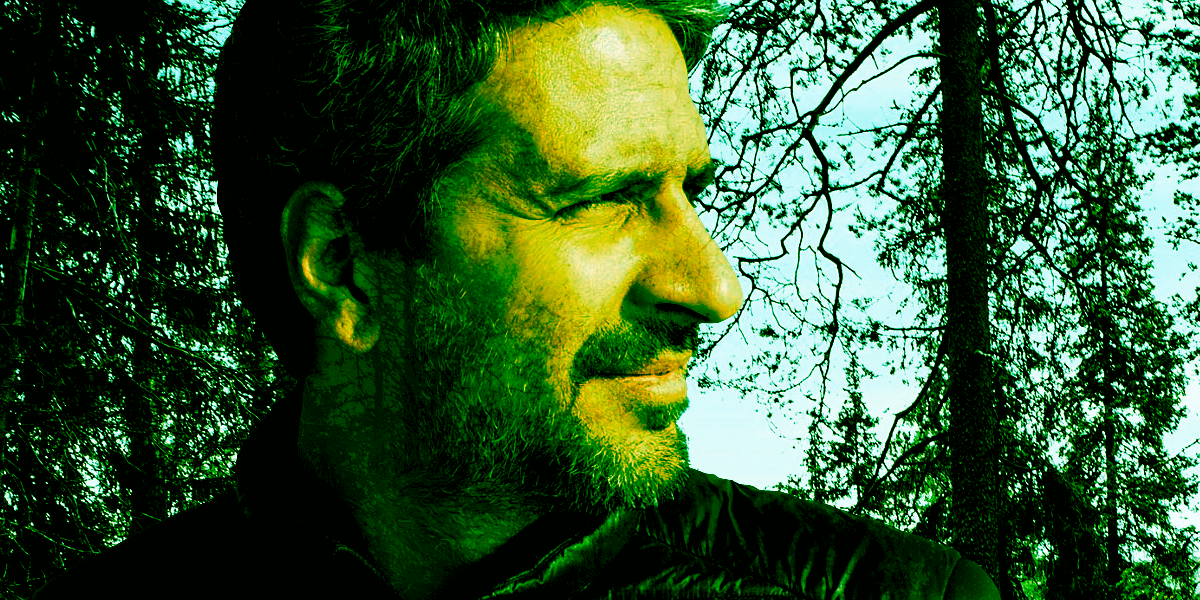
Interview: Nightmare Cinema Newcomer Alejandro Brugués Fits Right In
The Juan of the Dead writer/director delivered something delightfully unexpected in his segment, The Thing in the Woods.
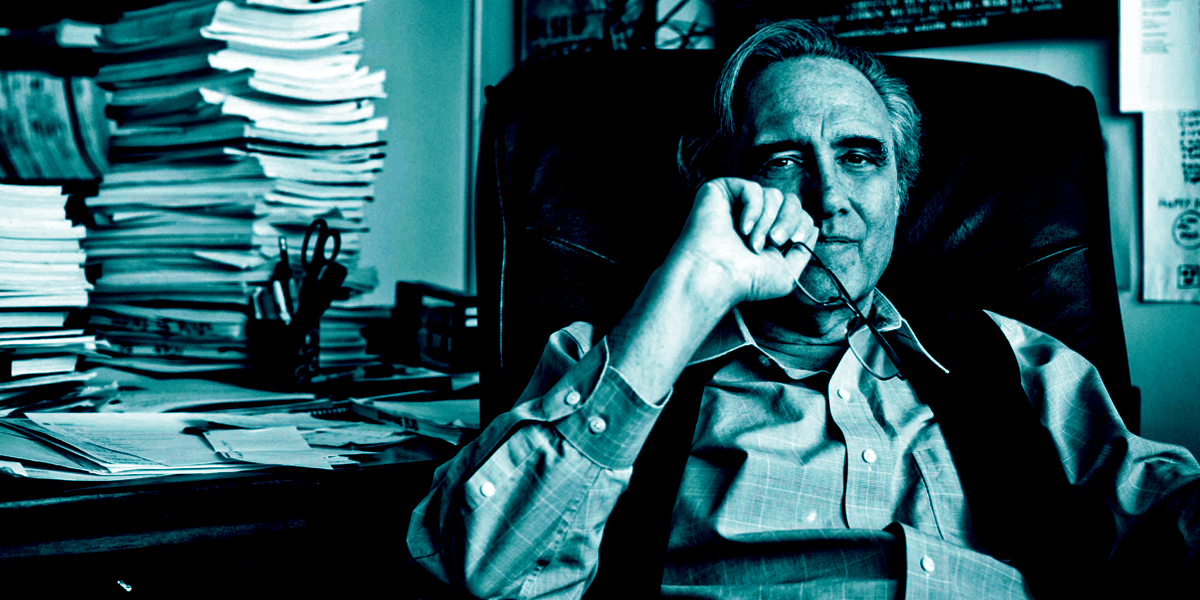
Interview: An Evening at the Nightmare Cinema with the Legendary Joe Dante
The director takes us through his very Twilight Zone-like segment, Mirari, talks filmmaking, and even comments on Gremlins.
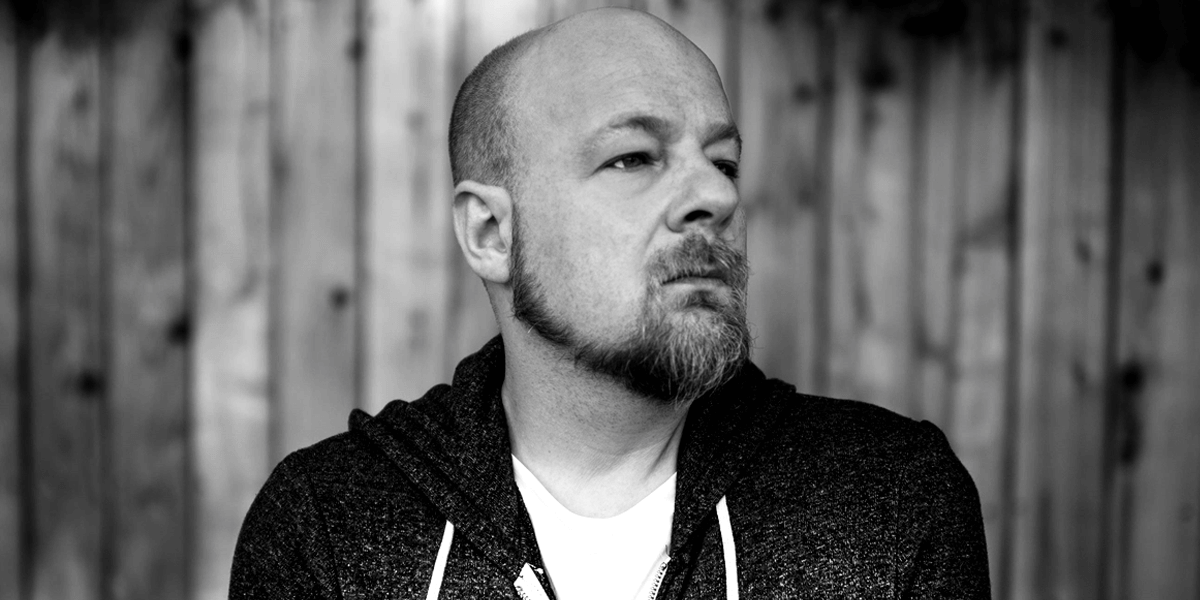
Interview: Director David Slade Previews Nightmare Cinema and His Segment, This Way to Egress
This standout segment of the upcoming horror anthology has some deeply emotional origins.
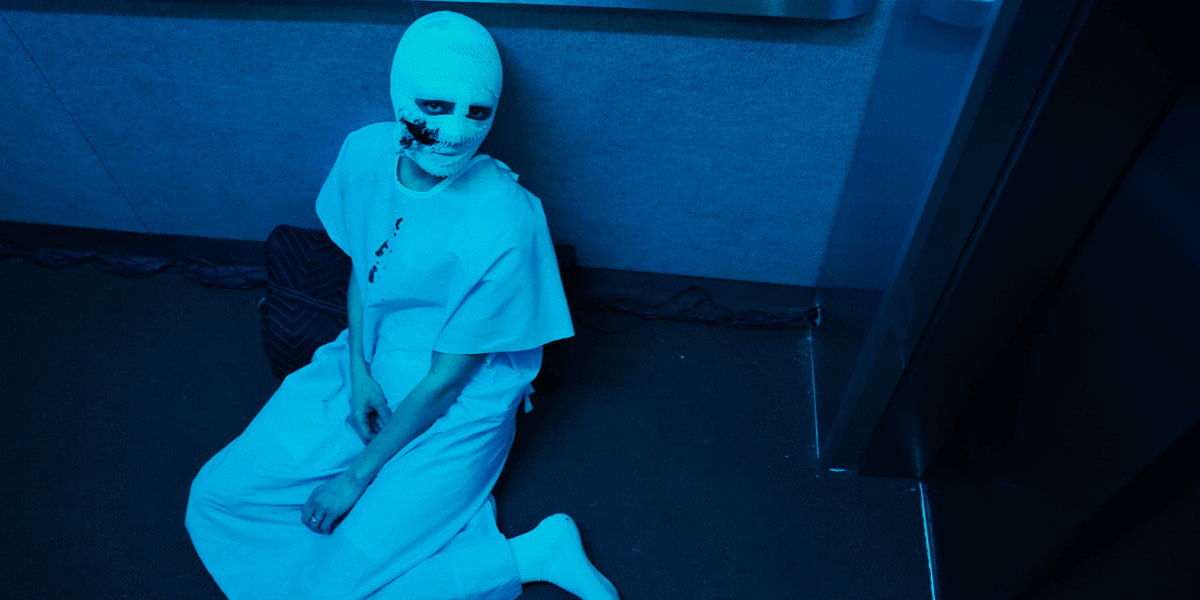
Mick Garris’ Nightmare Cinema Heading to Retro VHS Format
The horror anthology is only the latest genre offering to receive a fully-functional collector’s edition VHS release.
